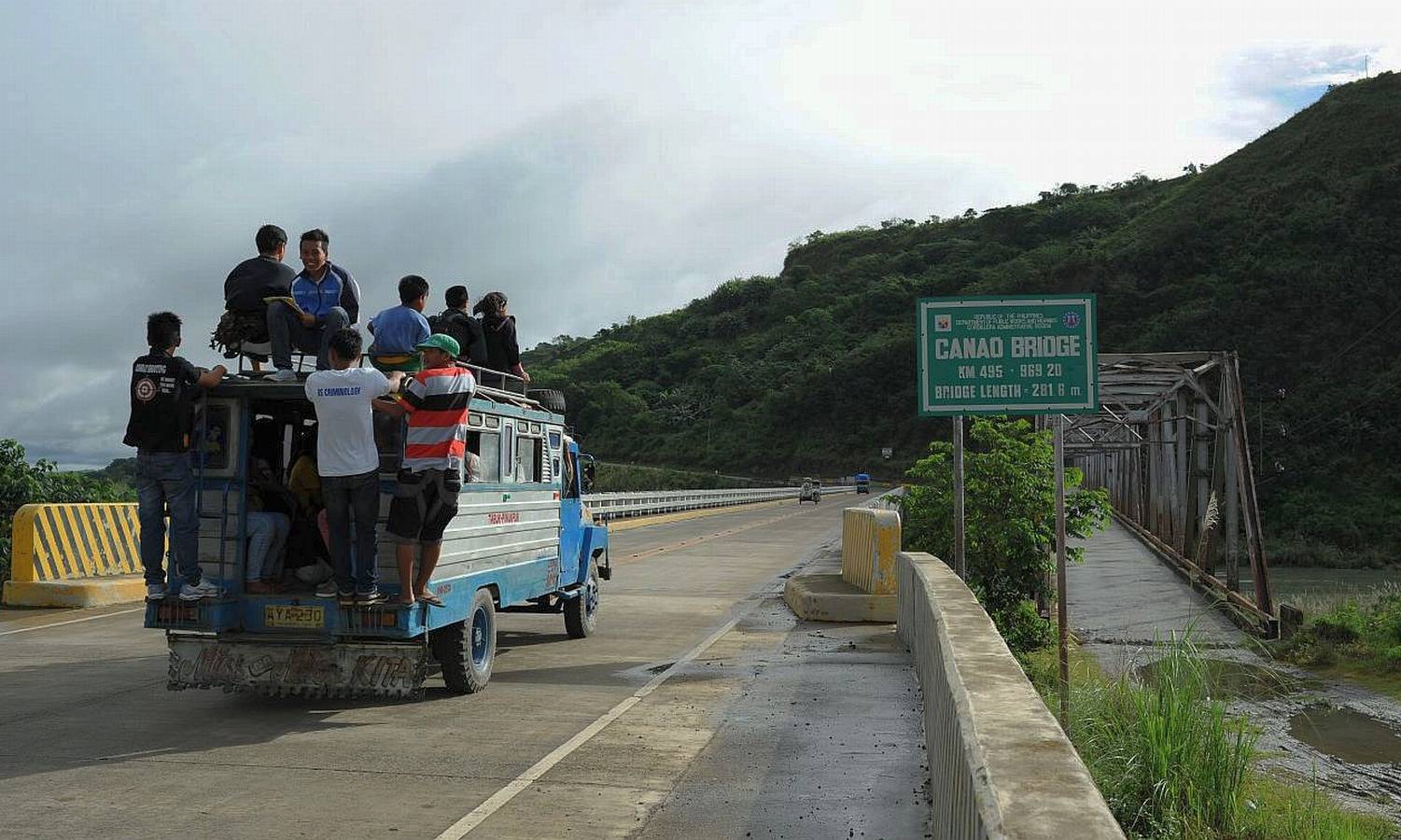New mining project opens in Cordillera

NORTHERN ECONOMY. Kalinga province will soon benefit from one of the country’s newest mines beside the old Batong Buhay Mine in Pasil town. This northern Cordillera province can be reached through the Canao Bridge leading to its capital Tabuk City, shown in this 2014 photo. EV ESPIRITU
BAGUIO CITY — A new mine will open in the Cordillera this year after it was granted a mineral production sharing agreement (MPSA) covering copper and gold-rich lands within an ancestral domain in Kalinga province.
Makilala Mining Company Inc. officially received its MPSA (numbered 356-2024) on March 13 from the Mines and Geosciences Bureau (MGB), making it one of the country’s newest mine projects under the Marcos Jr. administration.
Its MPSA, the first to be issued by the government in the Cordillera in 15 years after a period of reform, would allow Makilala to mine for 25 years the 2,500-hectare site within the Balatoc tribal domain with the community’s consent in Kalinga’s Pasil town, said Fay Apil, MGB Cordillera director, at a women miners forum here on Monday.
READ: Gov’t foresees dimes from mining, but miners espy nickel
READ: Is mining good or bad? Gov’t, green group take opposite sides
Article continues after this advertisementDiscovered in 1934
The Makilala project site sits near the old Batong Buhay Mines, which were discovered in 1934 by American soldiers, and were initially operated by Batong Buhay Gold Mines, Inc. (BBGMI).
Article continues after this advertisementApil said the Makilala site is currently under the jurisdiction of the state-owned Philippine Mining Development Corp. (PDMC) under a memorandum of agreement with the Balatoc tribe.
She said Makilala, a subsidiary of mineral explorer Celsius Resources, would infuse as much as $200 million (P11.2 billion) into the Kalinga economy, which recently suffered a rise in inflation from -1.4 percent in January to 1 percent in February due to the price escalations of rice, eggs and fish.
But Kalinga, the northernmost province of the Cordillera, ranked 10th among provinces with the fastest economic growth in 2022, generating P27.13 billion for its 2022 gross domestic product, or GDP (9.3 percent), up from a P24.82 billion GDP in 2021 (5.4 percent) and P23.55 million in 2020 (-6.2 percent).
The MPSA comes on the heels of a 2023 production slowdown for the rest of the region’s gold, copper and silver miners, most of which are the country’s oldest mines, Apil said.
Dropping output
According to a 2023 mine commodities report that would be released in April, Cordillera mines generated a total of P13.693 billion in mineral ore and metal products by the end of last year, that was a drop from the P14.148 billion generated in 2022, which matches the local mining industry’s 2021 output of P13.6 billion.
The report said gold production in the region again slowed down to 2,619 kilos last year, after producing 2,701 kilos in 2022, and 2,736 kilos in 2021.
Gold and copper are in great demand as world economies shift to automation and green technology, and there are sufficient reserves in the Cordillera highlands where pioneers like Benguet Corp., the country’s first corporate mining firm, operate, Apil said.
Rising costs of mining
Poor production could be attributed to various issues confronting the industry, such as rising costs of mining,” industry leaders said.
READ: Semirara’s profit declines as coal prices, mining output fall
READ: Pricey power, higher input costs eat into Philex Mining profits
Philex Mining Corp., for instance, should have ended the mine life of its first mining project, Padcal, in 2024, but the 69-year-old gold and copper producer has been able to extend it to 2027, said lawyer Eduardo Aratas, Padcal’s legal officer, during the forum.
But Padcal operations last year and in the next years have had to weigh the costs of running the mine, “which are rising,” he said.
Lepanto Consolidated Mining Corp., meanwhile, required fresh equipment last year that was delayed, according to one of its officials at the forum.
Benguet Corp. is still undertaking the repair of tunnels that were damaged by the 1990 Luzon earthquake, and is exploring other mineral sites to develop, said lawyer Froilan Lawilao, the mine’s administrative manager. INQ